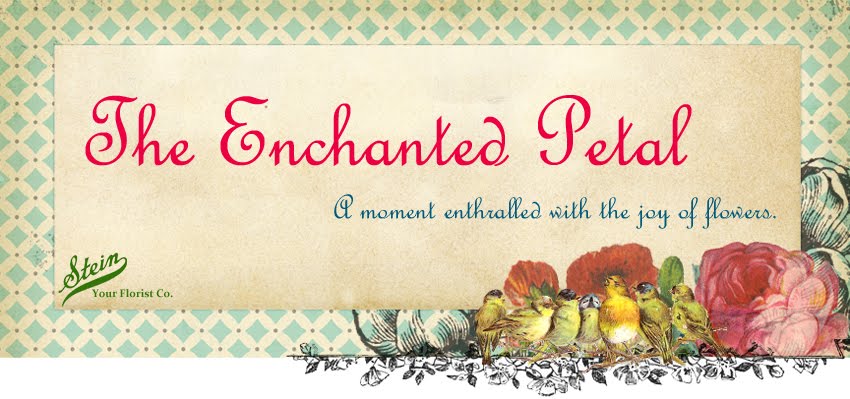
Day 261 -
Following the trench warfare of the 1st World War which took place in the poppy
fields of Flanders, red poppies have become a symbol of remembrance of soldiers
who have died during wartime.
 Day 262 -
Poppies can grow to be over 4 feet tall, and 6 inches across. The petals are
showy, may be of almost any color and some have markings. The petals are
crumpled in the bud and as blooming finishes, the petals often lie flat before
falling away. The poppy will become dormant after blooming. Poppies are in full
bloom late spring to early summer.
Day 262 -
Poppies can grow to be over 4 feet tall, and 6 inches across. The petals are
showy, may be of almost any color and some have markings. The petals are
crumpled in the bud and as blooming finishes, the petals often lie flat before
falling away. The poppy will become dormant after blooming. Poppies are in full
bloom late spring to early summer. Day 263 -
Poppies are rich in oil, carbohydrates, calcium, and protein. Poppy oil is
often used as cooking oil, salad dressing oil, or in products such as margarine.
Poppy oil can also be added to spices for cakes, or breads. Poppy products are
also used in different paints, varnishes, and some cosmetics.
Day 263 -
Poppies are rich in oil, carbohydrates, calcium, and protein. Poppy oil is
often used as cooking oil, salad dressing oil, or in products such as margarine.
Poppy oil can also be added to spices for cakes, or breads. Poppy products are
also used in different paints, varnishes, and some cosmetics.
Day 264 -
Poppies have long been used as a symbol of sleep, peace, and death: sleep
because of the opium extracted from them, and death because of the common
blood-red color of the red poppy in particular. In Greek and Roman myths,
poppies were used as offerings to the dead. Poppies used as emblems on
tombstones symbolize eternal sleep. This symbolism was evoked in the children's
novel The Wonderful Wizard of Oz, in which a magical poppy field threatened to
make the protagonists sleep forever. A second interpretation of poppies in
Classical mythology is that the bright scarlet color signifies a promise of
resurrection after death.
 Day 265 -
Ancient Egyptian doctors would have their patients eat seeds from a poppy to
relieve pain. Poppy seeds contain both morphine and codeine, which are
pain-relieving drugs that are still used today. Poppy seeds and fixed oils can
also be nonnarcotic because when they are harvested, they are after the capsule
has lost the opium yielding potential. The morphine practically disappears from
the seeds twenty days after the flower has opened.
Day 265 -
Ancient Egyptian doctors would have their patients eat seeds from a poppy to
relieve pain. Poppy seeds contain both morphine and codeine, which are
pain-relieving drugs that are still used today. Poppy seeds and fixed oils can
also be nonnarcotic because when they are harvested, they are after the capsule
has lost the opium yielding potential. The morphine practically disappears from
the seeds twenty days after the flower has opened.






























